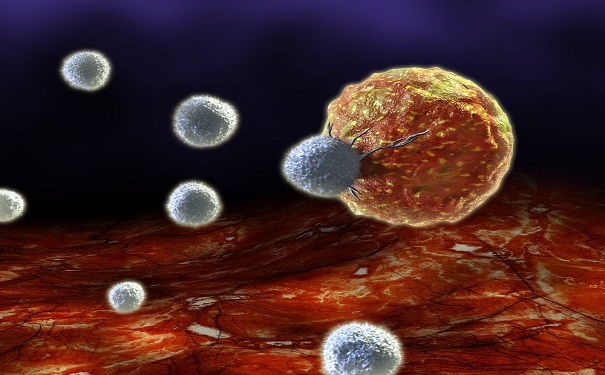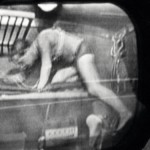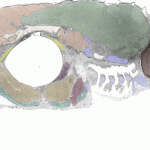
Digital illustration of T-cells attacking a cancer cell. Image: Shutterstock
Killer T cells can share information to help them destroy invasive pathogens and cancer cells.
Researchers at the Australian National University have made a breakthrough in the fight against cancer. Professor Chris Parish and Dr Ben Quah have discovered that immune cells (also known as killer T cells) responding to foreign bodies, such as cancer, can transfer their ability to recognise the stranger to the other immune cells.
Professor Parish says that the cells perform this transfer by donating parts of their outer membrane, which contains receptors to recognise foreign bodies, to other cells. “We also have preliminary evidence that messenger RNA, which encodes for the receptors, is being transferred to bystander cells.”
This discovery suggests that there is more communication between the immune cells than previously believed, which could help our bodies destroy cancer cells. When it comes to fighting cancer right now, our bodies don’t have many cells that are able to recognise a cancer cell as a foreign body and destroy it.
Professor Parish hopes the receptor sharing discovery could potentially expand the immune cells that can fight cancer at least 10 to 20-fold. “Receptor sharing, once it is activated, can also occur within minutes so a rapid expansion in killer T cell numbers that can combat the cancer could occur.”
This discovery could also benefit immunodeficient or immunosuppressed patients, who have a low number of immune cells that can combat pathogens.
Professor Parish says it took a while before he was convinced that the receptor sharing phenomenon was real. “Most of our early experiments were performed in vitro (i.e., in the test tube) and I was worried that what we were seeing was an artefact of our culture conditions.
“But then we could see the same process clearly occurring during normal immune responses in animals. This finally convinced me that the phenomenon was genuine.”






